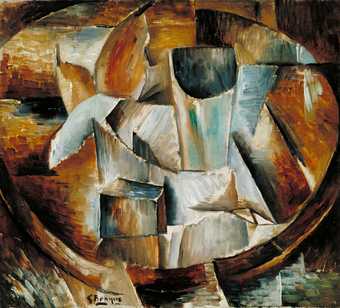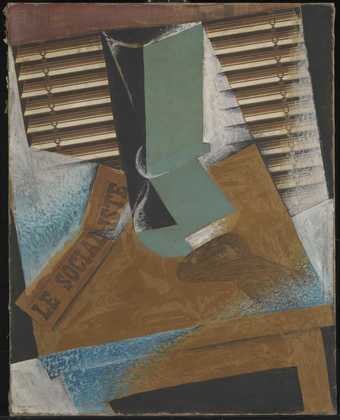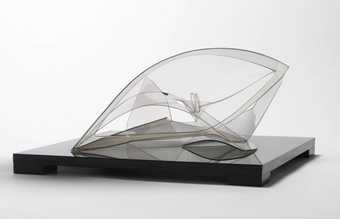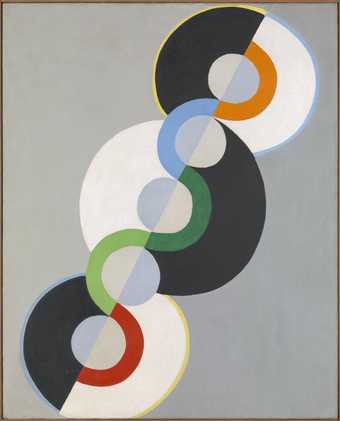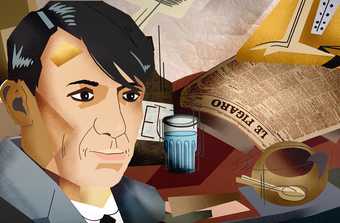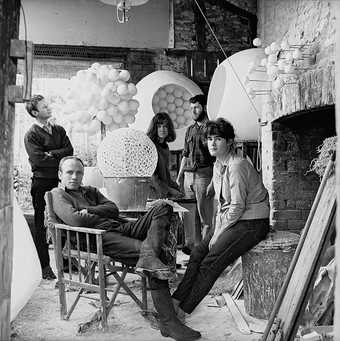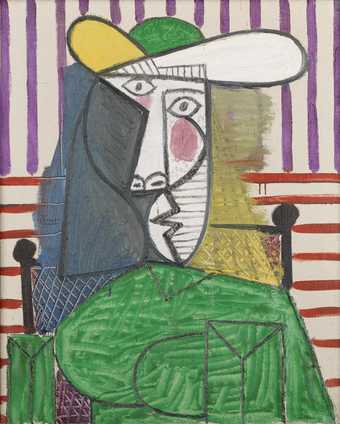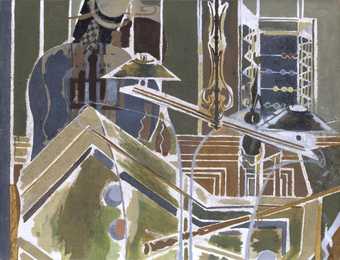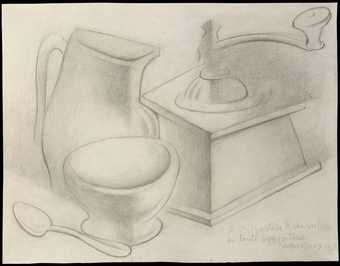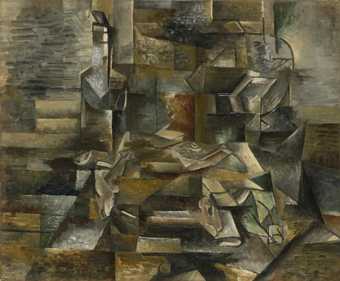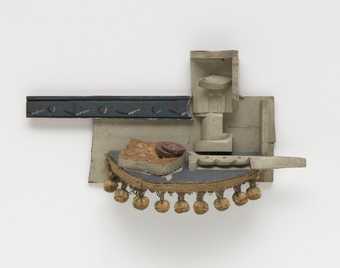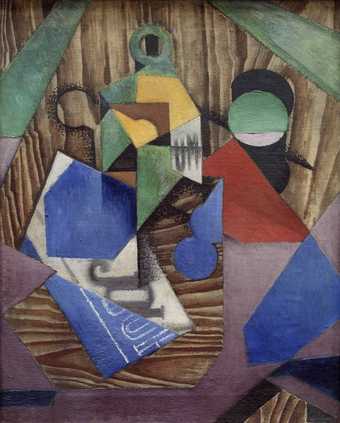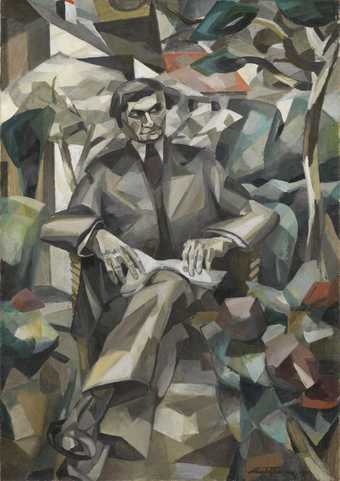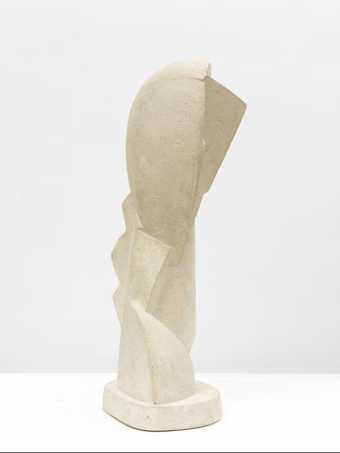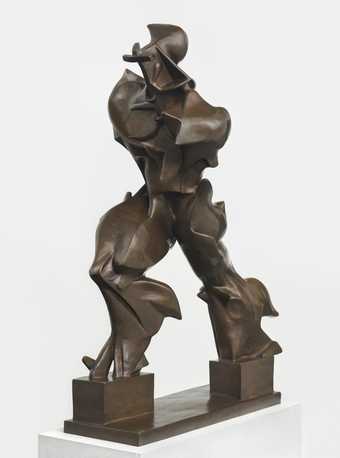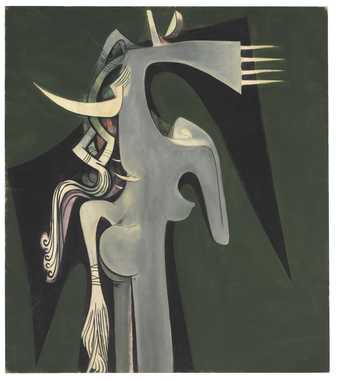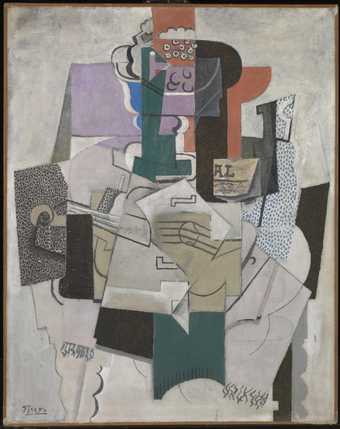
Pablo Picasso
Bowl of Fruit, Violin and Bottle
(1914)
Lent by the National Gallery 1997
Cubism was one of the most influential styles of the twentieth century. It is generally agreed to have begun around 1907 with Picasso’s celebrated painting Demoiselles D’Avignon which included elements of cubist style. The name ‘cubism’ seems to have derived from a comment made by the critic Louis Vauxcelles who, on seeing some of Georges Braque’s paintings exhibited in Paris in 1908, described them as reducing everything to ‘geometric outlines, to cubes’.
Cubism opened up almost infinite new possibilities for the treatment of visual reality in art and was the starting point for many later abstract styles including constructivism and neo-plasticism.
By breaking objects and figures down into distinct areas – or planes – the artists aimed to show different viewpoints at the same time and within the same space and so suggest their three dimensional form. In doing so they also emphasized the two-dimensional flatness of the canvas instead of creating the illusion of depth. This marked a revolutionary break with the European tradition of creating the illusion of real space from a fixed viewpoint using devices such as linear perspective, which had dominated representation from the Renaissance onwards.
What inspired cubist style?
Cubism was partly influenced by the late work of artist Paul Cézanne in which he can be seen to be painting things from slightly different points of view. Pablo Picasso was also inspired by African tribal masks which are highly stylised, or non-naturalistic, but nevertheless present a vivid human image. ‘A head’, said Picasso, ‘is a matter of eyes, nose, mouth, which can be distributed in any way you like’.

Georges Braque
Mandora
(1909–10)
Tate
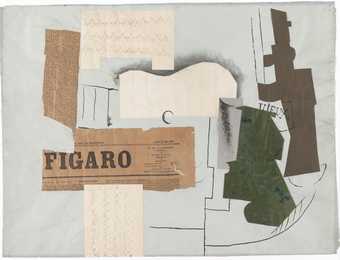
Pablo Picasso
Bottle of Vieux Marc, Glass, Guitar and Newspaper
(1913)
Tate
Types of cubism: Analytical vs. synthetic
Cubism can be seen to have developed in two distinct phases: the initial and more austere analytical cubism, and a later phase of cubism known as synthetic cubism.
- Analytical cubism ran from 1908–12. Its artworks look more severe and are made up of an interweaving of planes and lines in muted tones of blacks, greys and ochres.
- Synthetic cubism is the later phase of cubism, generally considered to date from about 1912 to 1914, and characterised by simpler shapes and brighter colours. Synthetic cubist works also often include collaged real elements such as newspapers. The inclusion of real objects directly in art was the start of one of the most important ideas in modern art.

